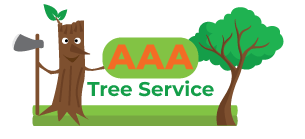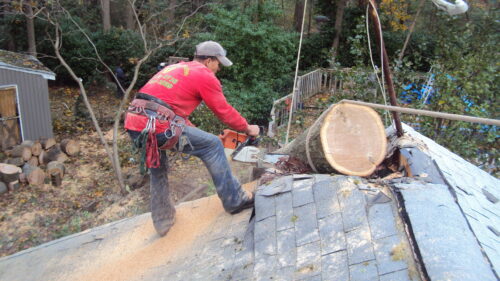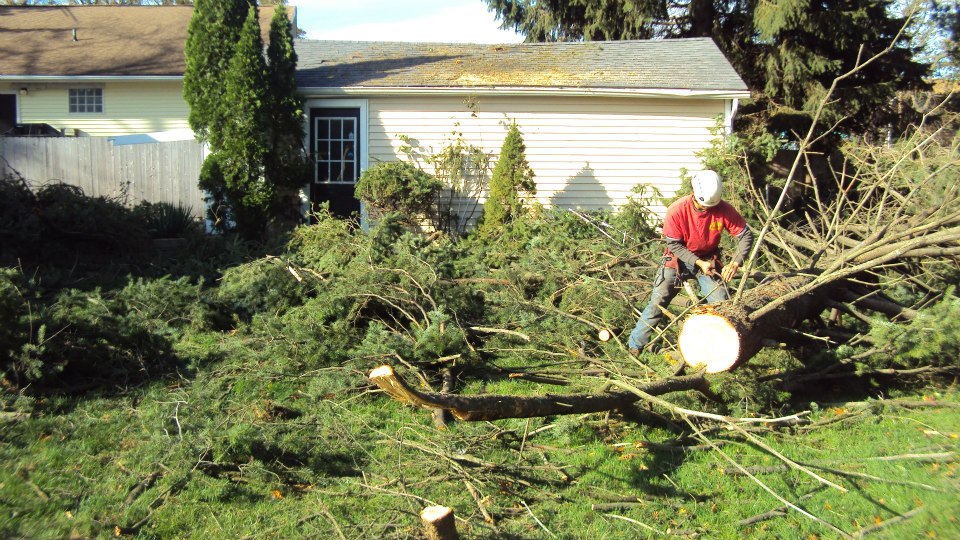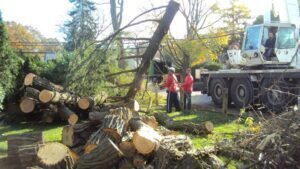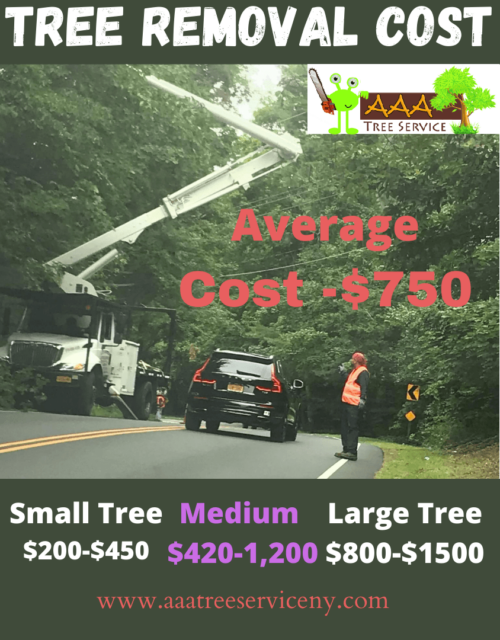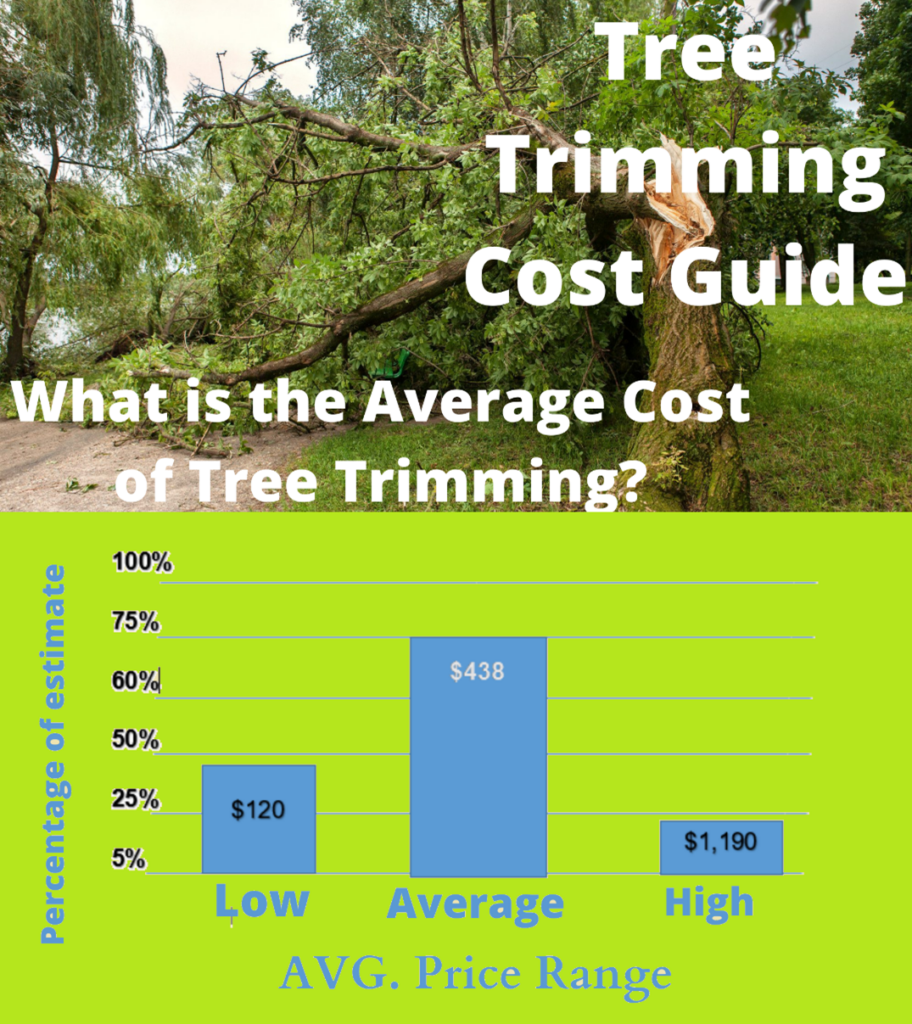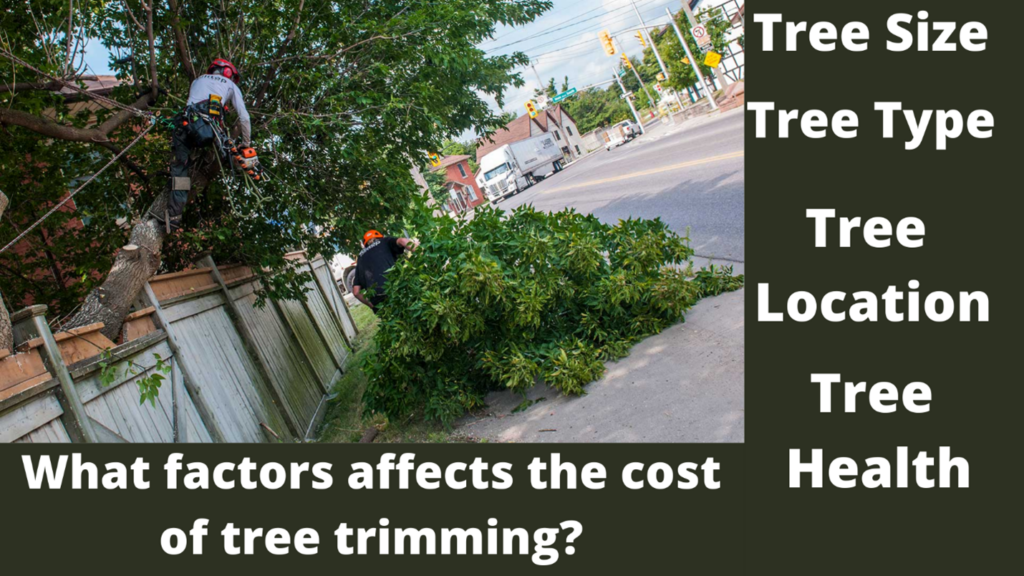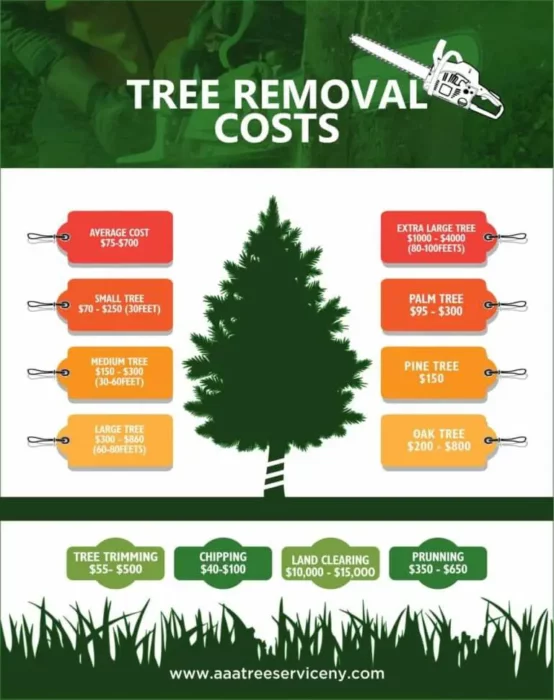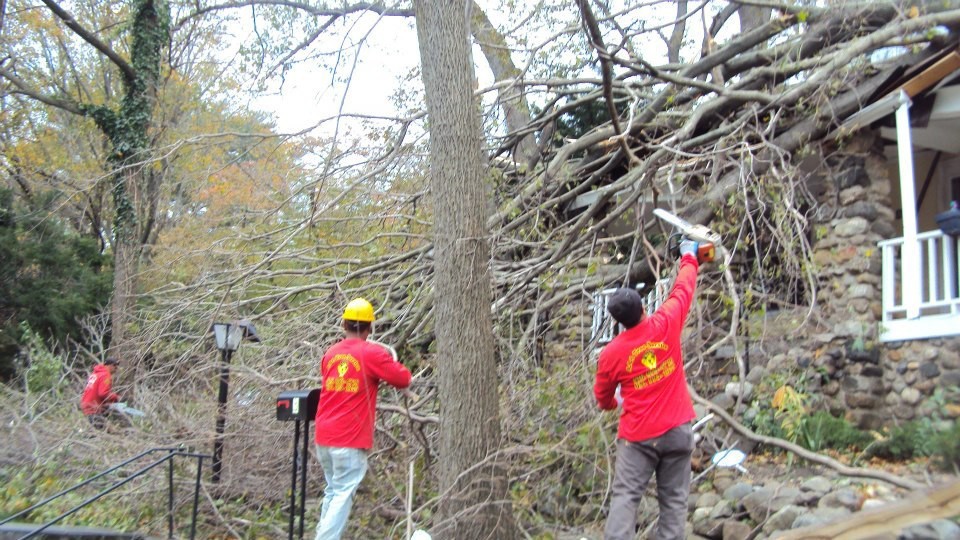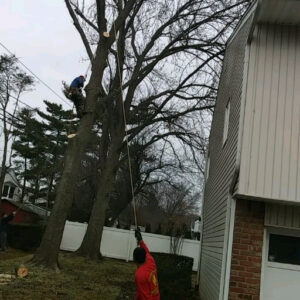Cheap Tree cutting service Near me
Cheap Tree Cutting Near Me
If you have a tree that needs to be cut down, you want to find a good price. You should get a few quotes and compare them.
Typically, the cost to remove a tree depends on its size, condition, and location. Several other factors may also impact the cost.
How to Find a Cut Above
One of the best ways to find a cheap tree cutting near me is by using the internet. You can find many websites that list local tree companies by zip code, and you should also use search engines to check out reviews from previous customers.
If you are in the market for a new tree company, the first thing you should do is to get 3 quotes from reputable providers. It is also a good idea to look for tree service referrals from friends, neighbors and relatives who have recently had work done by the pros.
The most important factor
when it comes to choosing a tree cutting company is to make sure you are getting a quote that includes the price of the job itself and not just an hourly rate. Once you have that in hand, you can then figure out a payment plan.
To help you find the cheap tree cutting near me and save time and money, Movit has partnered with A Cut Above Tree Services to provide a free e-book that walks you through the process of choosing the right tree service for your home or business. It covers all the bases in a concise, easy to follow guide with plenty of pictures and videos.
Getting Started
Whether you have a dead tree that needs to be felled or one that has fallen and broken branches, it is important to hire professional tree services as soon as possible. This will ensure that the work is done quickly and efficiently, reducing your risk of damage to your property or a loved one.
Tree removal can be a costly and dangerous task, so it is important to do your research and choose the right professional to handle the job. You will want to find a reputable company that offers excellent customer service, high-quality work and an affordable price.
The cost of a tree removal
can vary based on several factors, including the tree’s condition and size. These factors will also have an impact on the contractor’s ability to complete the job safely and efficiently.
For example, if the tree is close to your home or another building, you may need a more expensive tree removal service because they will need to work in confined spaces and will need special tools and equipment. Additionally, if it is near or tangled in a power line, the tree will need to be cut down and handled carefully to avoid damage to utility lines.
This can increase the total
cost of the job by a significant amount, so you need to be aware of these factors and make sure that your chosen tree service is capable of completing the project as quickly and efficiently as possible.
It is also important to remember that it can be difficult for people to climb up a tall tree and rope down individual pieces, which means that the tree will likely need to be cut down into several sections. This can add an additional $1000 to $1,500 to the final price of a tree removal.
Similarly, if the tree
is a very large one, it can also require a large crew and more equipment to complete the job. This can increase the overall cost of a tree removal, but it can also make the work much faster.
The best way to find a good tree service is to compare prices online and ask for quotes from multiple companies. You can do this by using a free service Free Estimate like from AAA TREE SERVICE NY CORP It will help you to compare 3 top-rated tree removal companies and quickly match you with one that fits your budget.
Safety First
If you’re cutting down a tree, it’s important to know the safety measures that are necessary to avoid injury. A few simple steps can make a big difference in the safety of the job.
Before you start felling a tree, take a moment to check out the condition of the tree and the surrounding area. Look for signs of damage, such as broken or loose branches that could fall on you. You should also check the condition of nearby trees, bushes and fences.
In addition, make sure that the area is free of obstructions that may cause you to trip or hit your head. You should also clear away any brush that might block your view of the work site.
Once you’ve determined that
the tree is safe to cut down, it’s time to start. The first step is to make a back cut, which is a wedge-shaped cut at a 45-degree angle or more than a third of the way into the tree (Figure 1).
After you’ve made the back cut, you should begin to remove the limbs one at a time and trim them as close to the trunk as possible. This will create a natural collar that forms at the fork of the limb, which will help control the direction and rate of fall.
If you’re not experienced in felling
it’s a good idea to get some training from an arborist before you try your hand at it. This will ensure that you’re doing it safely and don’t injure yourself or others around the area.
As you work, make sure you’re wearing a hard hat that meets ANSI Z89.1-1986 standards, as well as gloves to protect your hands from flying branches and other hazards. Gloves can also provide a better grip on your chainsaw.
The most common injury from tree trimming
and removal is falling limbs. The best prevention is to keep a lookout at a distance and establish escape paths in the event of an unsafe fall.
The lookout should be able to signal when the job has become dangerous by tapping the person who is felling the tree on the shoulder. If they see a problem, the lookout will then tell you to leave the tree and move quickly to an escape path.
Getting a Quote
Getting a quote is the first step to finding the right tree cutting service near me. The cost will depend on a number of factors, such as the size and condition of the tree, its location, and whether or not you’ll need to hire a licensed arborist to trim it.
If you have trees that are interfering with power lines, your local utility company will handle this job at no charge. If you’re dealing with a hazardous tree, however, you may need to hire a professional to remove it.
Another factor that can affect
the price is the height and diameter of the tree. Taller and thicker trees will require more labor and equipment to trim, so it will cost more.
The cost of a tree trimming job can also be affected by your region’s cost of living, local competition, and the type of trees on your property. Some professionals will give discounts for groups of trees, such as if you have multiple trees in one yard or on several properties in the same area.
Many companies will also
include a price for hauling the tree debris away and disposing of it, or chipping it onsite. This service is worth requesting, because it can save you money by not having to pay to dispose of the wood.
You’ll also want to make sure the company you choose is insured. This can be a big deal forTree Cutting Service Near Me , particularly if they’re using heavy equipment to cut down the tree.
Don’t be afraid to ask for a copy
of their insurance certificate or a typical contract before they begin work. This will protect you from any accidents or issues that may arise later, and help you find the best tree cutting service near you for your needs.
The most expensive tree removal is usually poplars, which can cost $1,500 to $2,500. This is due to their tall size and extensive root systems, so they take a lot of effort to cut down and remove. this article Share Just some ideas Best Thing is Get estimate in person To Get exact price
